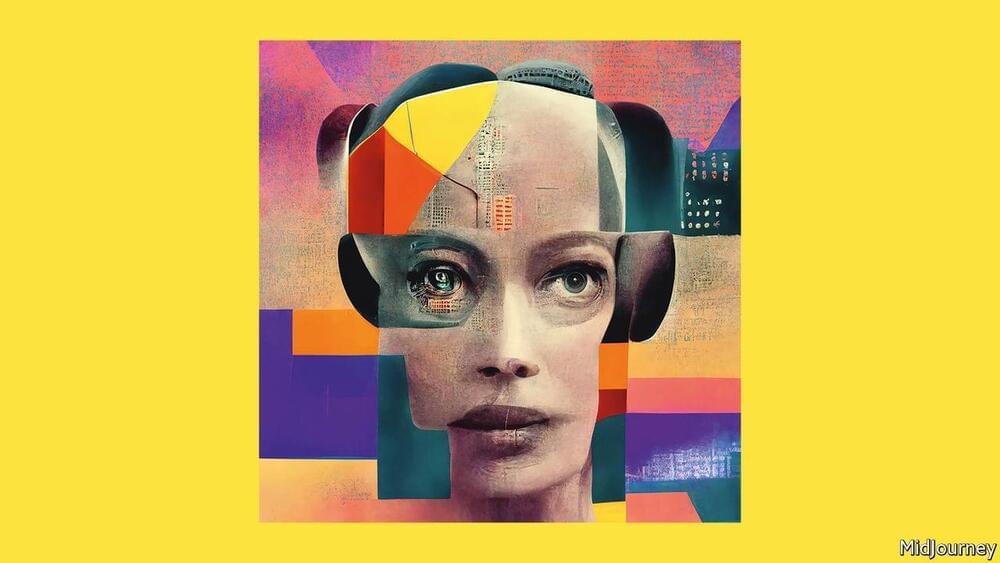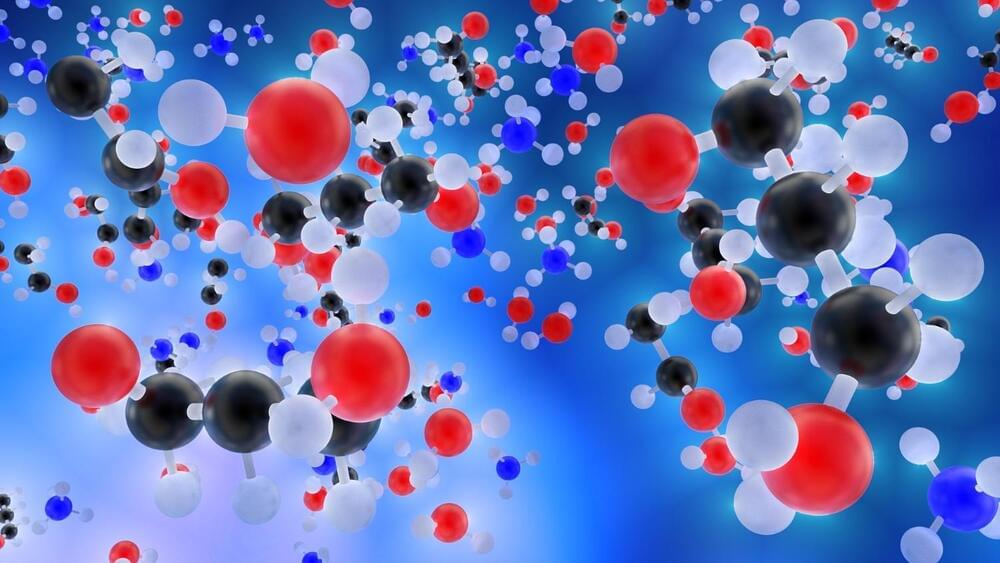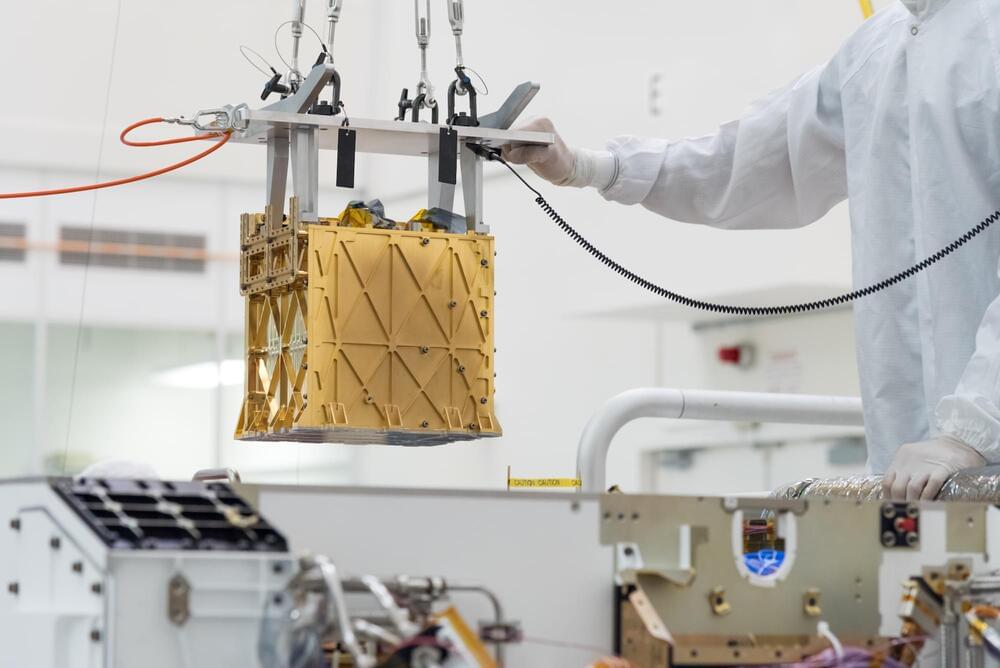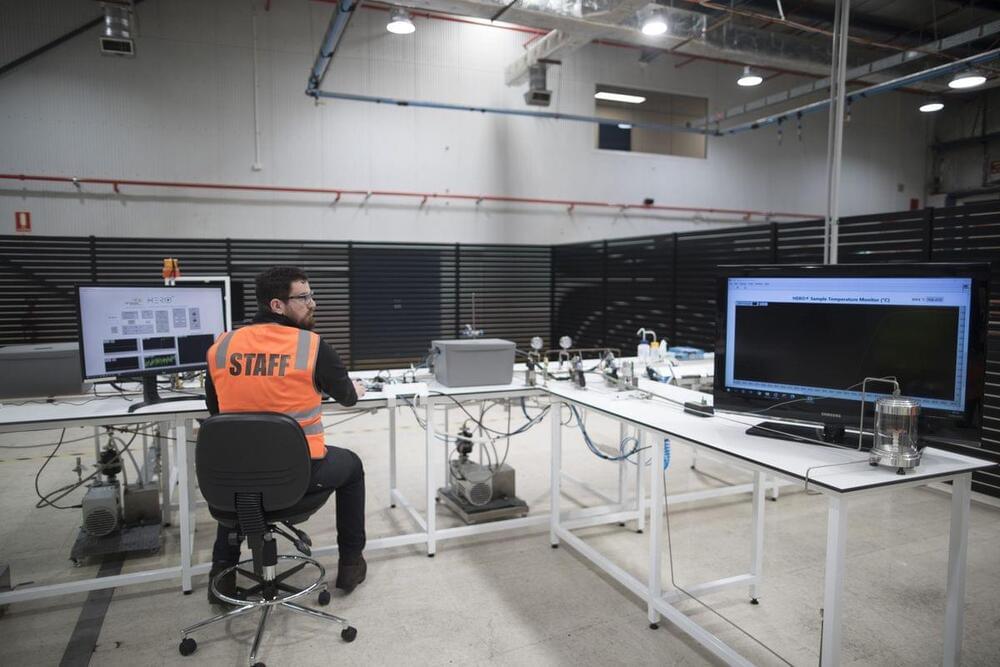Archive for the ‘innovation’ category: Page 96
Sep 3, 2022
Dundee researchers hail Parkinson’s breakthrough
Posted by Kelvin Dafiaghor in categories: biotech/medical, innovation
A team from the University of Dundee has designed a molecule that eliminates a Parkinson’s disease-causing protein.
Sep 1, 2022
MIT’s MOXIE experiment reliably produces oxygen on Mars
Posted by Gemechu Taye in categories: alien life, innovation
“It’s historic,” says MIT scientists.
In a significant breakthrough, the Massachusetts Institute of Technology’s (MIT) lunchbox-sized machine has been producing oxygen from the Red Planet’s atmosphere for more than a year, giving hope of life on Mars one day.
Since April 2021, the MIT-led Mars Oxygen In-Situ Resource Utilization Experiment (MOXIE) successfully made oxygen from the Red Planet’s carbon-dioxide-rich atmosphere, according to a press release published by the institute on Wednesday.
Continue reading “MIT’s MOXIE experiment reliably produces oxygen on Mars” »
Sep 1, 2022
Melanoma cure? Scientific breakthrough opens door to treatment for most severe form of skin cancer
Posted by Paul Battista in categories: biotech/medical, innovation
Sep 1, 2022
China’s top chipmaker SMIC just achieved an Intel-like breakthrough
Posted by Gemechu Taye in categories: electronics, innovation
Aug 28, 2022
Startup’s Hydrogen Breakthrough May Give New Life to Coal Plants
Posted by Quinn Sena in categories: energy, innovation
Australian lab uses catalyst to generate 700ºC heat from hydrogen that could be used to retrofit power stations.
Aug 26, 2022
Emerging Tech On The Horizon
Posted by Chuck Brooks in categories: cybercrime/malcode, innovation
Emerging Technologies on the Horizon.
Sharing the 10th Issue of my Security and Tech Insights newsletter! Please check it out and have a great weekend! #security #tech #emergingtechnologies #cybersecurity #innovation
Aug 25, 2022
Growing building sector carbon emissions threaten 2050 net-zero goal, report warns
Posted by Len Rosen in category: innovation
In the US growing building sector carbon emissions a threat to 2050 net-zero goal.
U.S. economywide greenhouse gas emissions fell 12% from 2005 to 2019, but direct emissions from the building sector were higher, according to an Information Technology and Innovation Foundation report this week.
Aug 21, 2022
We Have Ignition: Remarkable Breakthrough in Nuclear Fusion Represents a New Physics Milestone
Posted by Genevieve Klien in categories: innovation, physics
For the first time, scientists have confirmed a major breakthrough in nuclear fusion involving the first successful instance of ignition, the point at which a nuclear fusion reaction becomes self-sustaining.
The achievement, results for which have been published in three peer-reviewed papers, occurred at Lawrence Livermore National Laboratory’s (LLNL) National Ignition Facility on August 8, 2021.
Nuclear fusion involves a reaction where at least two atomic nuclei possessing a low atomic number fuse together, forming heavier atomic nuclei. During such a reaction, differences between the masses of the reactants and products result from the difference in energy that binds atomic nuclei before and after the reaction occurs. This difference will either cause the absorption or the release of energy.
Aug 20, 2022
Aircraft detection before radar, 1917–1940
Posted by Omuterema Akhahenda in categories: innovation, transportation
Acoustic location was used from mid-WW1 to the early years of WW2 for the passive detection of aircraft by picking up the noise of the engines.
Passive acoustic location involves the detection of sound or vibration created by the object being detected, which is then analyzed to determine the location of the object in question.
“Imagine how techology we see as innovative today will look to people in the future”

















